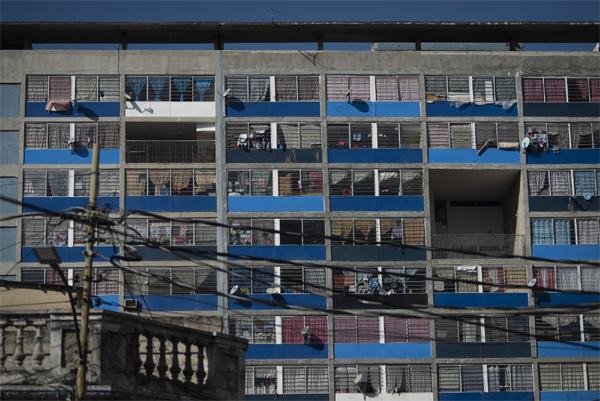- Rural areas have fallen deeper into poverty in recent years as the government prioritized power supply for major cities, according to a study of population and satellite data.

Tony Frangie Mawad, Bloomberg News
CARACAS
EnergiesNet.com 03 24 2023
An increasing number of electrical blackouts is pushing the rural areas of Venezuela further into poverty, even as the country’s major cities begin to benefit from the country’s nascent economic rebound.
A study of electricity usage shows that Venezuela’s rural-urban gap has widened, as large swathes of the nation continue to face daily power cuts that undermine the potential for economic activity. Looking at nighttime lights via satellite imagery and population databases, University of Minnesota economist Leonardo Maldonado found that while rural poverty increased throughout most of Venezuela in recent years, it decreased in areas clustered around cities. He says this phenomenon is a consequence of a government policy of cutting rural areas’ power to ensure urban areas have a steady supply.
“Urban states were discretionally prioritized over non-urban states to avoid protests,” Maldonado said of his study published in the Journal of Applied Economics in January, which tracked rural poverty rates nationwide between 2014 and 2020.
Conditions have improved in Venezuela after one of the worst economic contractions in the world, but the effects of President Nicolas Maduro’s decision to liberalize the use of the US dollar have not reached the nation’s most rural regions, which experience about half of all blackouts in the nation, according to former Caracas councilwoman Aixa Lopez.

Outages worsened after 2019 when a massive blackout darkened Venezuela for nearly a week following years of state mismanagement and underfunding of its enormous hydroelectric dams. State-enforced power rationing has been common since, especially in regions outside Caracas, with the number of blackouts experienced in Venezuela jumping 22% between 2021 and 2022, said Lopez, who heads an association that tracks outages.
These are probably underestimated because blackouts in rural areas tend to leave millions of Venezuelans who live in smaller cities stranded and go largely underreported, she said.
While poverty in Venezuela fell for the first time in seven years in 2022, it remains among the most unequal nations in the world, according to a recent survey by Andrés Bello Catholic University in Caracas. The survey found that about 38% of Venezuela’s richest households live in the capital despite it representing just 16% of all households in the country. In fact, Caracas — while having no major industries — represents around 35% of national GDP, according to consulting firm Ecoanalítica.
“The lack of public services in the countryside, the loss of purchasing power and a lack of income in a country with destroyed industries have displaced many towards Caracas,” says Jesús Palacios Chacín, a senior economist at Ecoanalítica.

People leaving extreme poverty tend to switch from kerosene to electricity, so Maldonado studied changes in unlit areas across rural Venezuela. By viewing light emissions via satellite, he concluded that poverty in those places had risen in every state since 2014. He acknowledges that electricity is just one measure of wealth: Many Venezuelans living in urban are also experiencing extreme poverty, despite having a more consistent power supply.
In one example based on Maldonado’s methodology, rural poverty in Amazonas — Venezuela’s state with the highest proportion of indigenous people in the country — rose to 90% of the population from 76% six years earlier. In one of Amazonas’ municipalities, Manapiare, it rose to 100% from 30%.
Maldonado says his study could help fill the gap in official data provided by Venezuela’s government and assist in public policy efforts to reconnect rural Venezuelans with the electrical system.
“We need to focus resources in specific states and specific municipalities within those states” he says.
bloomberg.com 03 24 2023











